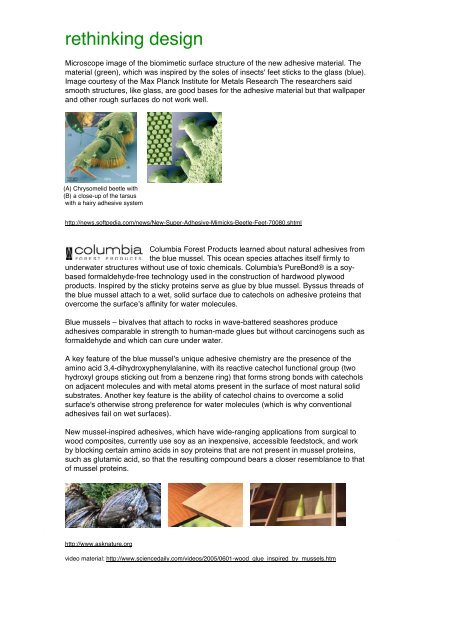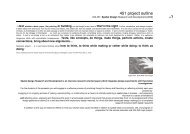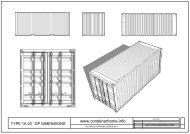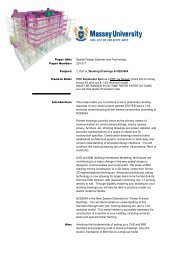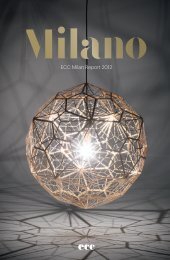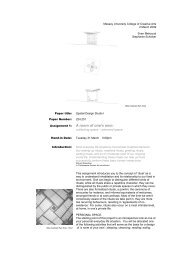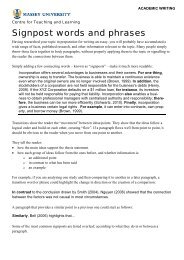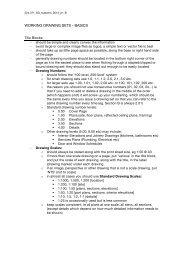rethinking design - Spatial Design@Massey
rethinking design - Spatial Design@Massey
rethinking design - Spatial Design@Massey
Create successful ePaper yourself
Turn your PDF publications into a flip-book with our unique Google optimized e-Paper software.
ethinking <strong>design</strong>Microscope image of the biomimetic surface structure of the new adhesive material. Thematerial (green), which was inspired by the soles of insects' feet sticks to the glass (blue).Image courtesy of the Max Planck Institute for Metals Research The researchers saidsmooth structures, like glass, are good bases for the adhesive material but that wallpaperand other rough surfaces do not work well.(A) Chrysomelid beetle with(B) a close-up of the tarsuswith a hairy adhesive systemhttp://news.softpedia.com/news/New-Super-Adhesive-Mimicks-Beetle-Feet-70080.shtmlColumbia Forest Products learned about natural adhesives fromthe blue mussel. This ocean species attaches itself firmly tounderwater structures without use of toxic chemicals. Columbia's PureBond® is a soybasedformaldehyde-free technology used in the construction of hardwood plywoodproducts. Inspired by the sticky proteins serve as glue by blue mussel. Byssus threads ofthe blue mussel attach to a wet, solid surface due to catechols on adhesive proteins thatovercome the surfaceʼs affinity for water molecules.Blue mussels – bivalves that attach to rocks in wave-battered seashores produceadhesives comparable in strength to human-made glues but without carcinogens such asformaldehyde and which can cure under water.A key feature of the blue musselʼs unique adhesive chemistry are the presence of theamino acid 3,4-dihydroxyphenylalanine, with its reactive catechol functional group (twohydroxyl groups sticking out from a benzene ring) that forms strong bonds with catecholson adjacent molecules and with metal atoms present in the surface of most natural solidsubstrates. Another key feature is the ability of catechol chains to overcome a solidsurface's otherwise strong preference for water molecules (which is why conventionaladhesives fail on wet surfaces).New mussel-inspired adhesives, which have wide-ranging applications from surgical towood composites, currently use soy as an inexpensive, accessible feedstock, and workby blocking certain amino acids in soy proteins that are not present in mussel proteins,such as glutamic acid, so that the resulting compound bears a closer resemblance to thatof mussel proteins.http://www.asknature.org+video material: http://www.sciencedaily.com/videos/2005/0601-wood_glue_inspired_by_mussels.htm


